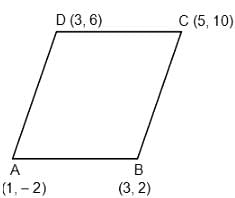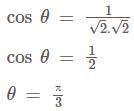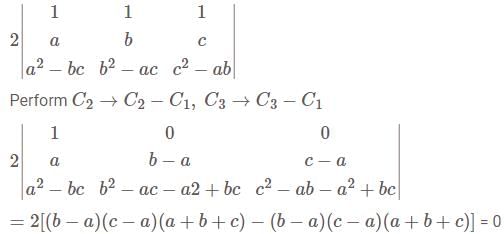DSSSB TGT Mathematics Mock Test - 3 - DSSSB TGT/PGT/PRT MCQ
30 Questions MCQ Test - DSSSB TGT Mathematics Mock Test - 3
The five stepped system of lesson planning was started by
If mental Age of Arjun is 15 and chronological Age is 12. What will be the I.Q. of Arjun?
Which of the following statements is/are true?
If a, b, c are in AP and x, y, z are in GP, then xb - c. yc - a . za - b is equal to
Roots (s) of the equation
9x2 - 18 |x| +5 = 0 belonging to the domain of definition of the f(x) = log(x2 - x - 2)
If ∪ = [2-3 4], X = [0 2 3],  , then ∪V + XY is equal to
, then ∪V + XY is equal to
A man alternately tosses a coin and rolls a die. The probability of his getting a heads on the coin before he gets a 4 on the die is
The solution set of the system of equations 2x+y=6 and 4x+2y=5 is
If two vertices of an equilateral triangle are (x1, y1) and (x2, y2), then the coordinates of the third vertex are
The centroid of triangle A(3,4,5); B(6,7,2); C(0,−5,2) is
If ∫g(x) dx = f(x), then ∫ f(x) g (x) dx is equal to
If a, b and c are in G.P. and ax = by = cz, then 1/x, 1/y, 1/z are in
The points (5, 2, 4), (6, − 1, 2) and (8, − 7, k) are collinear if k is equal to
If f(x) and g(x) are two functions, then which of the following operations may increase the domain of the resulting function?
The angle between the line  and the plane y +z +2 = 0 is.
and the plane y +z +2 = 0 is.
The points (1, 2, 3), (-1, -2, -1), (2, 3, 2) and (4, 7, 6) are vertices of a
The degree and order of the differential equation  are
are



 then
then 







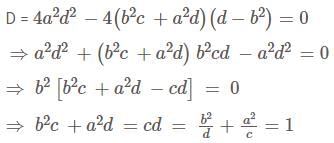
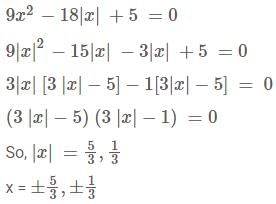
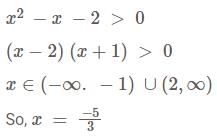



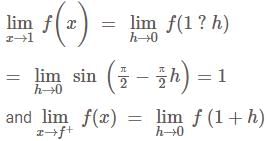

 is not true for n =1.
is not true for n =1.
 is equal to
is equal to